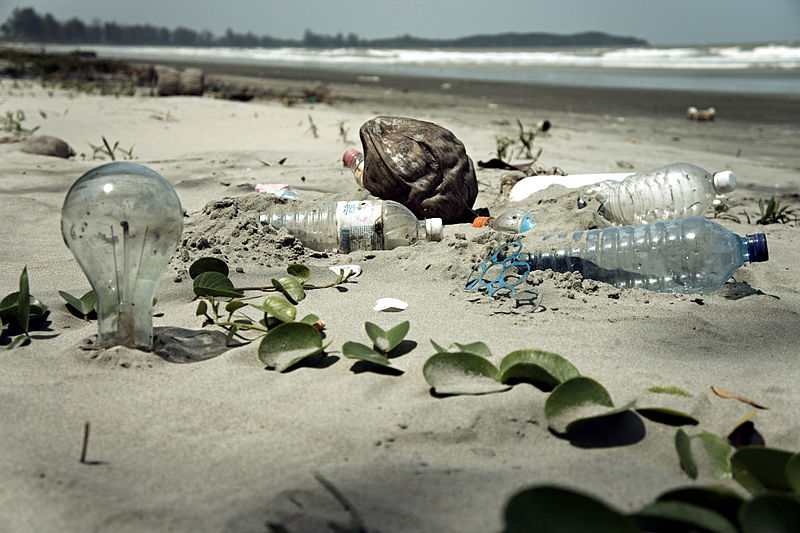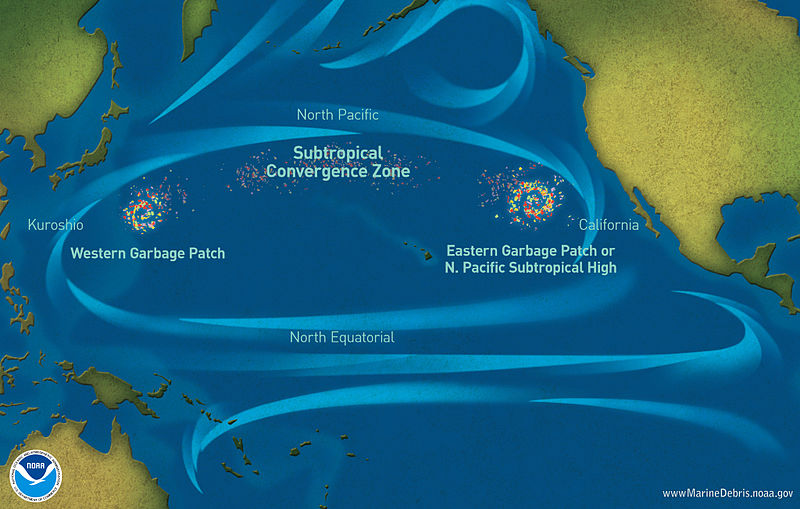Our oceans cover 71% of our earth’s surface and contains approximately 91% of the earth’s water. We as a species, have utilised this large and vast environment.
The majority of us enjoy the variety seafood that it has to offer; through aquaculture it is used to sustain the livelihoods of poorer nations that rely on it’s bounty to survive, and many more of us are now indulging within crystal blue waters and white sand beaches each summer.

To put it simply, we are dependent on our oceans for a great number of things. But at what cost does this all come at?
In the past few years, many of us have become accustom to the degradation of the oceans and the population depletion of species that inhabits them. One of the leading factors causing this is pollution.
Some are already aware of the Great Pacific garbage patch. Although you may imagine the Great Pacific garbage patch to be swirling concoction of nappies, cups and other rubbish you’d commonly find in your home, in actual fact it is made up of microplastics. The microplastic gyre spans all the way from the U.S. west coast to Japan, covering a massive section of the Pacific Ocean.

Microplastics, which are usually between 1-5mm in size, are created from the products we use and the materials we dispose of. Although this does not sound substantial, these tiny swirly bits of plastic are quickly destroying our oceans and the species that live within it. Despite many countries and governments discouraging the dumping of waste, every year between 5 and 13 million tons of plastics are dumped into our oceans—80% of which comes from just 20 counties.
The NOAA (national oceanic and atmospheric administration), have recently stated the affects of pharmaceutical waste being dumped into our oceans, “Recent studies have confirmed the presence of low levels of pharmaceuticals in estuaries, rivers, streams, and ground water as well as in sediments. The ecological effects of these contaminants in coastal waters are largely unknown. However, there is growing evidence that some of these chemicals may have negative effects on reproduction in aquatic species or stimulate the development of antibiotic resistant bacteria.”
Microplastic accumulations are increasing in oceans across the world. It’s hard to visualise exactly how much it has increased; however, Greg Shirah and Horace Mitchell have published a garbage patch visualisation experiment in NASA’s scientific visualisation studio.
In 1972, the U.S. enacted the legislation of the Federal Water Pollution Control Act and the Marine Protection, Research and Sanctuaries Act. Despite this, massive corporations still continued to create massive amounts of waste. Unfortunately, even with the regulatory bans in place, corporations guilty of dumping their waste are often only given a ‘slap on the wrist’ and no charges are ever brought to the forefront for the offenders.
The Marine Protection, Research and Sanctuaries Act states, “solid waste; incinerator residue; garbage; sewage; sewage sludge; munitions; radiological, chemical and biological warfare agents; radioactive materials; chemicals; biological and laboratory waste; wreck or discarded equipment; rocks; sand; excavation debris; and industrial, municipal, agricultural, and other waste… (EPA) Any private person, employee, agent, department, agency, or instrumentality of the Federal Government, of any State or local unit of government, or of any foreign government must comply or pay an administrative civil penalty up to $50,000 for noncompliance and up to $125,000 for dumping of medical wastes with additional criminal penalties.”
Our oceans are being destroyed at an alarming rate. Do we carry on letting the acts of the large corporations go unseen? Or do we stand up and fight for the survival of our oceans, the people whose livelihoods depend on it, and the amazing species that inhabit its spectacular depths?
Image Credit: Flickr, epSos.de






